Table of Contents
To the Keydets of VMI
America and the whole world is crying out for the spirit of the Old South.
G. K. Chesterton
Part I
WHY THE SOUTH WAS RIGHT
Chapter One
A COUNTRY OF THEIR OWN
Guess What?

Southern secession in 1861 was better founded in law than the secession of the American colonies in 1776

Alexis de Tocqueville thought racism was far more prevalent in free states than in slave states

Jefferson Davis and Robert E. Lee expected slavery to fade away naturally
You have to imagine the scene. On 20 December 1860, the streets of Charleston, South Carolina, erupted in joy.
Think of the state in which you live, a state youre proud to call home. What if you and many of your fellow Virginians, or Californians, or Texansand your state legislaturesfelt that for decades your state had been provoked and derided by the federal government? What if youand your state legislaturesconcluded that the federal government no longer served your states interests? What if your state asserted that it existed as an independent entity before it joined the Union, that it had ceded its autonomy only in part, to promote the general welfare, and that when the federal government failed to serve the ends of the people of Virginia, or California, or Texas, these people, in their states, were entitled to rescind their voluntary cession of authority to the federal government because anything else would be submission to tyranny? What if your state suddenly, proudly, declared itself independent and reclaimed its inherent, sovereign rights?
South Carolina had done just that. South Carolinians had declared themselves a nation once again.
Artillery batteries fired salutes over Charleston harbor. Church bells pealed from the many spires of the Holy City. Brightly dressed bands and militia (for this was the South where every man felt a martial calling) marched in celebration. And South Carolinians rejoiced in a new birth of freedomof government of the people, by the people, and for the people of South Carolina.
A special Convention of the People of South Carolina had declared by unanimous vote, 169 to nil, that the Union now subsisting between South Carolina and other States, under the name of The United States of America, is hereby dissolved, and that, echoing the language of the Declaration of Independence, the State of South Carolina has resumed her position among the nations of the world, as a separate and independent State; with full power to levy war, conclude peace, contract alliances, establish commerce, and to do all other acts and things which independent States may of right do.
An audacious action, certainlyits authors, however, were not a body of red-hot revolutionaries, but a convention of eminentoes from the state, including five former governors, four former United States senators, a former Speaker of the United States House of Representatives, and men of local prominencefrom clergymen to plantersall of whom felt their patriotic sap rising.
It was 1776 all over again.
In their new Declaration, the delegates reminded folks up north that the Declaration of Independence of 4 July 1776 was the precedent for their action. It had affirmed what South Carolina was reaffirming now, that the colonies were, and of right ought to be, FREE AND INDEPENDENT STATES; and that, as free and independent States, they have full power to levy war, conclude peace, contract alliances, establish commerce, and to do all other acts and things which independent States may of right do.
South Carolina had reclaimed these sovereign rightsand did so on the very same grounds that Jefferson had laid out eighty-four years before: whenever any form of government becomes destructive of the ends for which it was established, it is the right of the people to alter or abolish it, and to institute a new government. For the people of the Palmetto Republic, that time had come.
And who could not wish them well? A short month later they were joined in secession from the United States by Mississippi (9 January 1861), Florida (10 January), Alabama (11 January), Georgia (19 January), Louisiana (26 January), and soon thereafter by Texas (1 February). Before Texas had even fully seceded, South Carolina and its sister states of the Deep South had met and created a new confederation of states. They called it the Provisional Government of the Confederate States of America, with its capital in Montgomery, Alabama.
A new country, a new republic, had sprung up in North America. It was baseddespite what Yankees like Henry Adams would saynot on treason, but on patriotism. Its members so loved their respective sovereign states, were so jealous for their freedom, that they had embarked on the perilous if exhilarating course of founding a new nation.
States Rights = The American Way
When, in 1861, South Carolina reasserted that it was a sovereign state, it was on firmer ground than Thomas Jefferson had been in 1776 when he drafted the Declaration of Independence proclaiming that the colonies were sovereign states. In fact, they were not; they were British colonies under colonial charters. It was the crown in parliament that was sovereign over the colonies. But the Declaration, the Continental Congress, the Articles of Confederation, and the Constitution all rested on Jeffersons asseveration that the colonies were free and independent states, (which is why states, rather than a mass majority vote of all the people in all the states collectively, approved the Constitution). State sovereignty was a cornerstone of Americas political philosophy, and given these precedents, South Carolinas declaration of independence was a much less radical step than the Declaration of Independence.
The Spirit of the South
The girls were always beautiful. The men
Wore varnished boots, raced horses and played cards
And drank mint-juleps till the time came round
For fighting duels with their second cousins
Or tar-and-feathering some God-damn Yankee....
Stephen Vincent Bent, John Browns Body
It was a nation that did not seek a novus ordo seculorum, but rather the preservation of the life, liberty, and pursuit of happiness of South Carolinians, Mississippians, Floridians, Alabamans, Georgians, Louisianans, and Texans. The new nation was created out of motives of preservation, not destruction, of conservatism rather than revolution. For inspiration, the South looked to its past; one Georgia delegate wanted the new nation to be named The Republic of Washington. Instead, George Washington ended up on the Great Seal of the Confederacy.





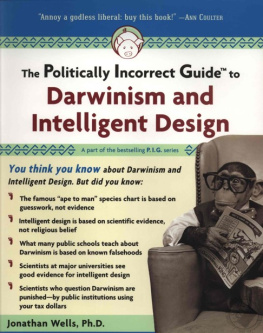
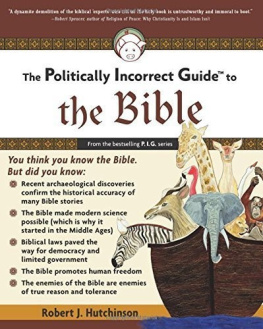
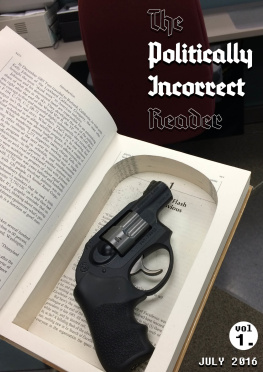
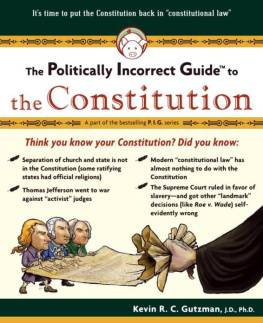
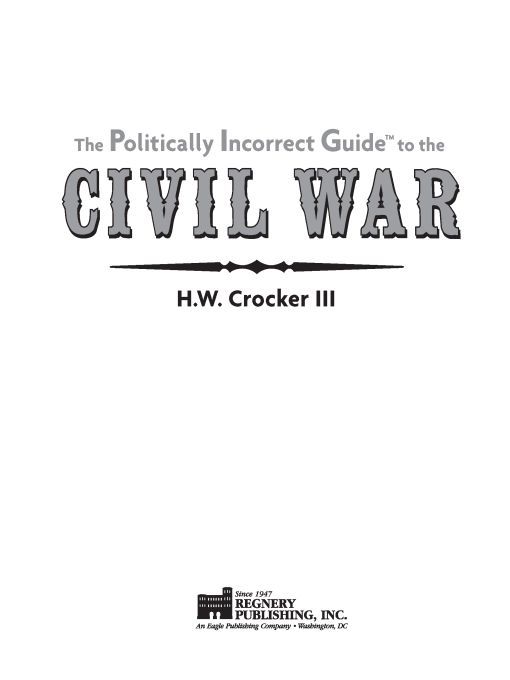
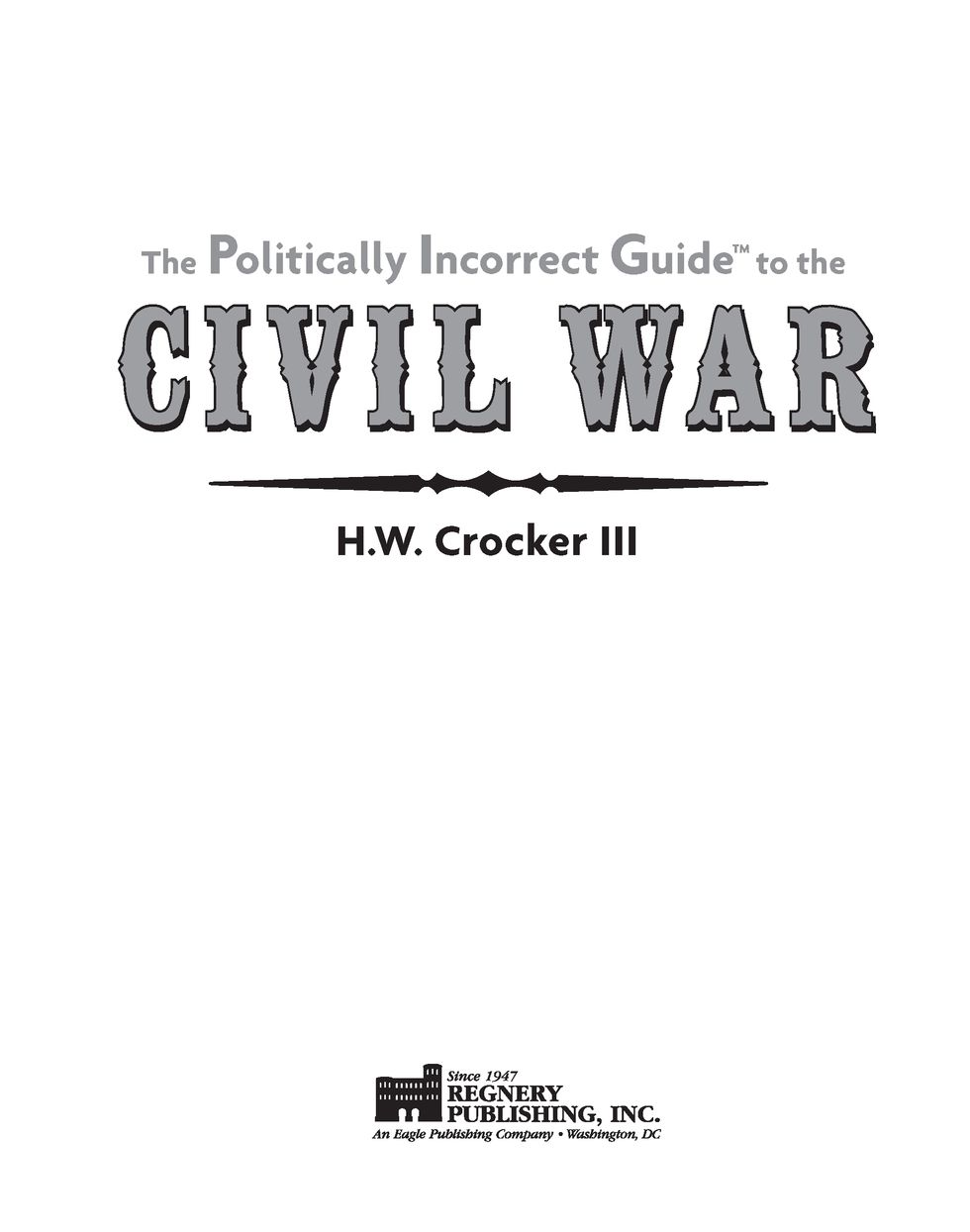


 Southern secession in 1861 was better founded in law than the secession of the American colonies in 1776
Southern secession in 1861 was better founded in law than the secession of the American colonies in 1776 Alexis de Tocqueville thought racism was far more prevalent in free states than in slave states
Alexis de Tocqueville thought racism was far more prevalent in free states than in slave states Jefferson Davis and Robert E. Lee expected slavery to fade away naturally
Jefferson Davis and Robert E. Lee expected slavery to fade away naturally